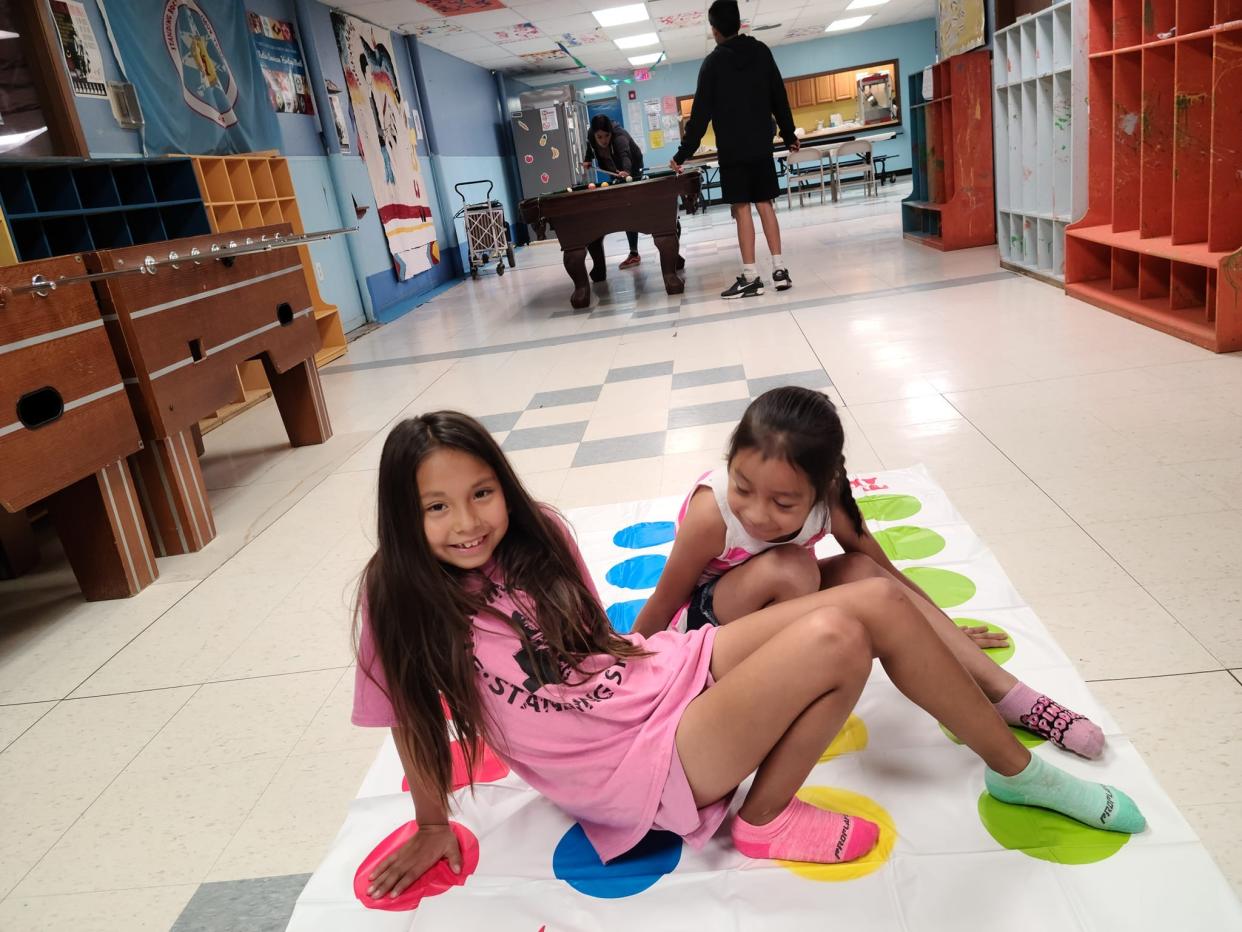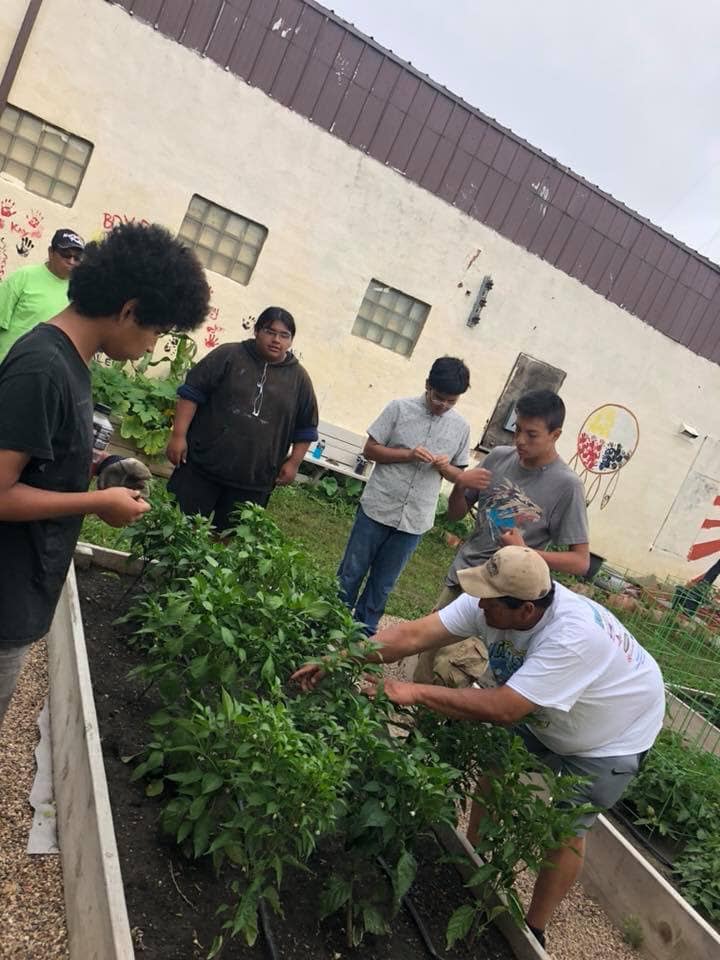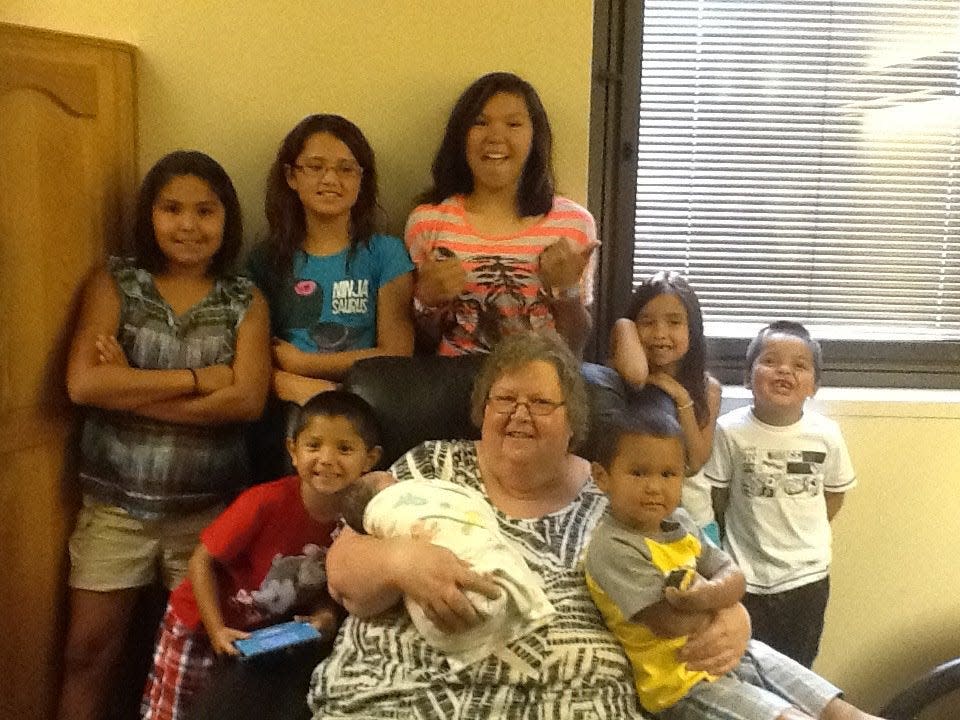South Dakota rejects federal food funding despite 25,000 children going hungry

At a time when an estimated 25,000 South Dakota children struggle with hunger, the state decided against applying for a federal program that would have provided $7.5 million to feed low-income kids this summer.
The federal funding was available through a program called Pandemic Electronic Benefits Transfer (P-EBT). It would have helped an estimated 63,000 South Dakota children receive healthy food during summer 2023.
The U.S. Department of Agriculture funding effort began during the height of the COVID-19 pandemic in 2020. Congress recently approved it as a permanent program.
The extension was seen as a victory for families and groups that advocate policies to keep children fed. Rather than requiring families or children to travel to specific meal sites to get food, the P-EBT program provides payment cards to families so they can purchase eligible healthy foods at any participating store at any time.
The offices of Gov. Kristi Noem and South Dakota Department of Education told News Watch the state is not applying because summer meal programs are already offered and it’s too challenging to administer the program.
That decision drew the ire of Sioux Falls advocate Cathy Brechtelsbauer, who has fought hunger for decades as leader of the organization Bread for the World.
“Our kids in South Dakota are missing out on $7.5 million worth of food, and it’s not like they’re necessarily getting it someplace else,” she said. “This is like taking food away from kids, and I hope we don’t want to be that kind of state.”
South Dakota is one of seven states that did not apply.
Noem spokesman Ian Fury did not provide News Watch an interview with the governor but did send an email with a statement.
“Federal money often comes with strings attached, and more of it is often not a good thing,” Fury wrote. “Because of South Dakota’s record low unemployment rate, our robust existing food programs, and the administrative burden associated with running this program, we declined these particular federal dollars.”
When asked to explain the administrative challenges surrounding the program, Department of Education spokeswoman Nancy Van Der Weide said the state found it difficult to obtain enough information about children to administer the program effectively, even though the state did participate in Pandemic EBT in 2020 and 2021.
Van Der Weide, who also declined an interview request, wrote to News Watch in an email that, “Information about individual students is not shared to state government entities en masse. This made it very difficult for the state government to get enough details to adequately administer the program.”

Brechtelsbauer was shocked that the state was rejecting federal money based on perceived challenges in administering the program.
“That just blows my mind,” she said. “How can we think like that when we’re talking about kids needing food? Why can’t we handle things as well as 43 other states?”
Van Der Weide said the South Dakota Summer Food Service Program provided children with more than 303,000 meals and about 20,500 snacks at 83 disbursement sites during summer 2022.
And yet, according to Feeding South Dakota, about 24,750 South Dakota children, or about 11% of the school-aged population, remained “food insecure” in the state in 2022.
The group defines food insecurity as “the consistent lack of food to have a healthy life because of your economic situation.”
Feeding South Dakota provided about 8,800 meals to children in Sioux Falls and Rapid City through its backpack program over 10 weeks this summer. It also offered food to needy people in 91 other communities through monthly visits by its mobile food unit, according to Stacey Andernacht, communications director for the nonprofit.
Van Der Weide did not answer a question posed by News Watch about whether the state would apply for P-EBT funding in coming years.
Finding the money to afford healthy food, at a time when prices for food and fuel are on the rise, is difficult everywhere but especially challenging in rural and reservation areas, Andernacht said.
When free meals for all public school students ended in fall 2022, the agency saw a 20% rise in usage of its mobile food pantries, which served roughly 13,000 families each month from July 2022 to June 2023, Andernacht said.
Students who qualify as low-income can still receive free or reduced-price meals at school. But the end of the pandemic free meal program caused many non-qualifying South Dakota children to go without meals at school or fall into arrears in trying to pay.
South Dakota did participate in the Pandemic EBT food program in 2020 and 2021, receiving about $80 million.
But the state did not participate in the program in summer 2022 or 2023, said Kelsey Boone, a policy analyst at the Food Research & Action Center, a group that battles hunger among adults and children.
“On the child nutrition side of things, summer is the hungriest time of year for students,” she said. “Not having enough access to food is detrimental to physical health, development and well-being.”

Marcella Yellow Hammer knows firsthand the challenges that families in north-central South Dakota deal with in keeping their children fed.
Yellow Hammer, 76, runs the Boys & Girls Club of Standing Rock, a youth services facility that provides a safe place for youth in the McLaughlin area to have opportunities for education, recreation and — during the summer — a healthy breakfast or lunch.
According to the U.S. Census, Corson County has the second-lowest median household income in South Dakota at roughly $38,000 a year. About 45% of the county population is under 18 years of age, and 42% of the population lives in poverty.
This summer, the club’s summer meals program has attracted up to 30 children a day, and yet the community need remains far from met, Yellow Hammer said.
“These parents are single mothers, single dads, single grandmothers, and many are not working,” she said.
“I know one woman who told me, ‘My kids come to the Boys & Girls Club because if they stayed home, they wouldn’t have anything to eat, so they come to the club and get a meal, and I’m very thankful for it.’”
This article was produced by South Dakota News Watch, a non-profit journalism organization located online at sdnewswatch.org.
This article originally appeared on Sioux Falls Argus Leader: SD rejects federal food funding despite 25,000 children going hungry

